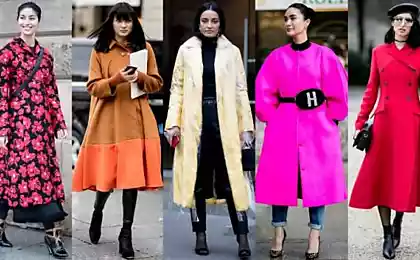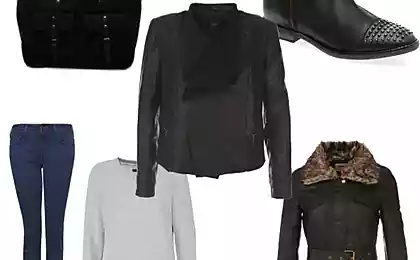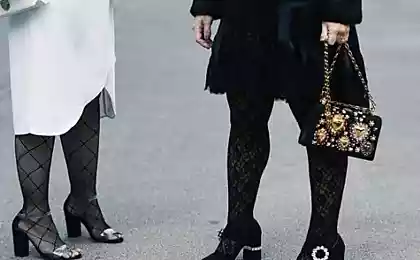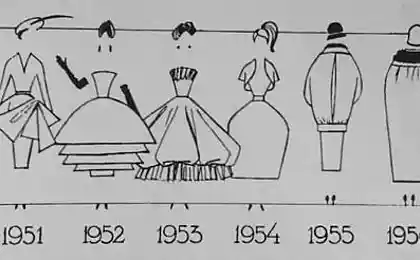1106
5 facts about shawls - the feminine subject of ladies' clothes
Shawl - the most important attribute of a wardrobe that makes a woman a woman. When the woman appeared in the light, wearing a shawl, in the opinion of others, it immediately becomes fragile and vulnerable. Surprisingly, the first in Persia, they were worn only by men. How shawl appeared in Europe and why it is so highly prized, consider this obzore.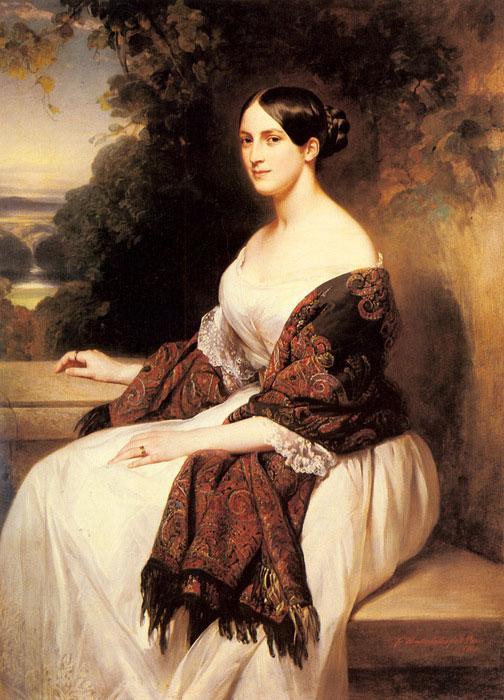
1. The fashion for wearing shawls originated in the time of Napoleon Bonaparte when he back from the Egyptian campaign, sent Josephine among other Kashmiri shawls. Wife liked the gift, and soon, the whole yard was delighted with the new attribute of the female wardrobe. Especially since the orders in the Empire style, which meant the light and airy dresses, perfectly complemented the warm shawls.
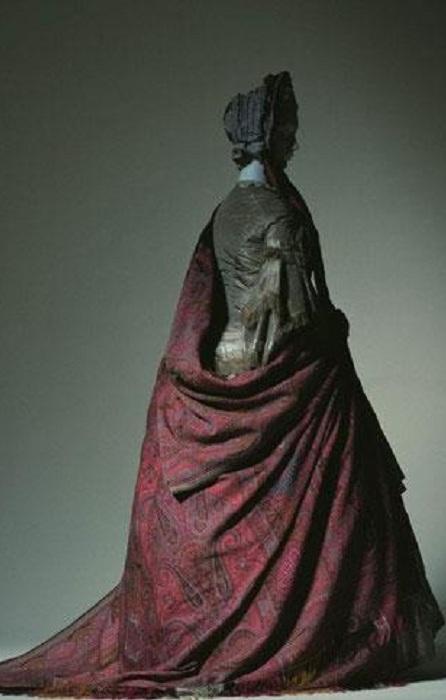
2. The subject of women's wardrobe was presented in all its diversity: square, long, 8-coal. Usually ladies shawls wound on one end of the arm, and the second thrown over the shoulders and draped in the desired position. With the advent of crinoline dresses, shawl, could not be better suited to such outfits. Truth and its length and width have increased in size (sometimes up to 5-6 meters).
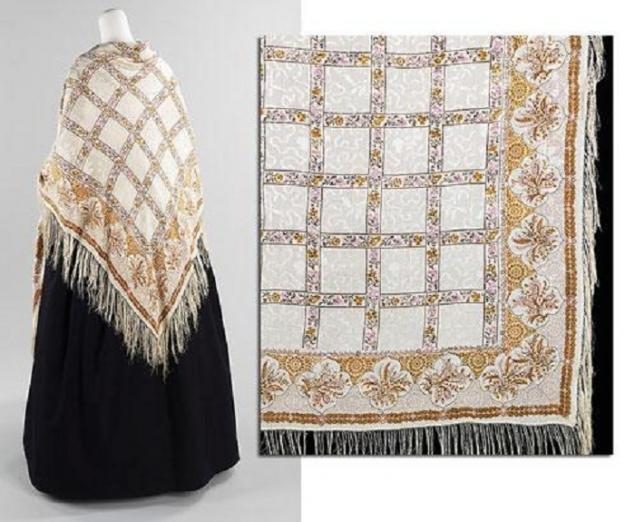

3. The Russian response Kashmiri shawls have become famous Orenburg downy shawls from the goat down. Since the mid-19th century, these products were awarded the highest awards at European fairs. Patterned webs hit all the skillful weaving. Shawls sizes 3, 5 × 3, 5 meters could fit into the shell of a goose egg, or to pass a through a wedding ring.
"Scarf" or "boards" - a word with a Russian roots, denoting a piece of cloth. Persian "shawl" that came into use in the early 19th century, meant a large patterned scarf.
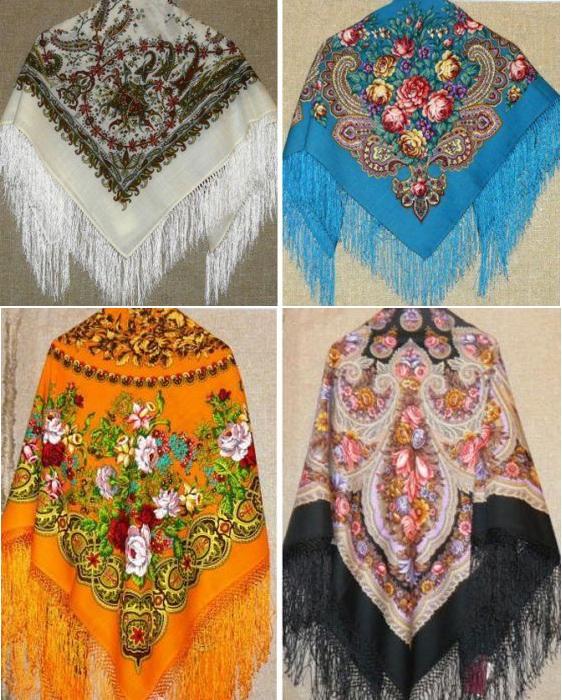
4. The city of Nizhny Novgorod province landlords girls are not inferior in skill Overseas knotting. For the shawls they used fluff Saiga and Tibetan goats. Specific treatments allow fluff to achieve the thinnest thread. For example, 13 grams skein unwind in the 4, 5 kilometers. Century weavers was short-lived, only 30 years old. Blurred vision makes them unsuitable for such craft. Needless to say, that afford scarves and shawls, which were spent at least 1, 5-2 years of hard work, he could only afford to know and widow.
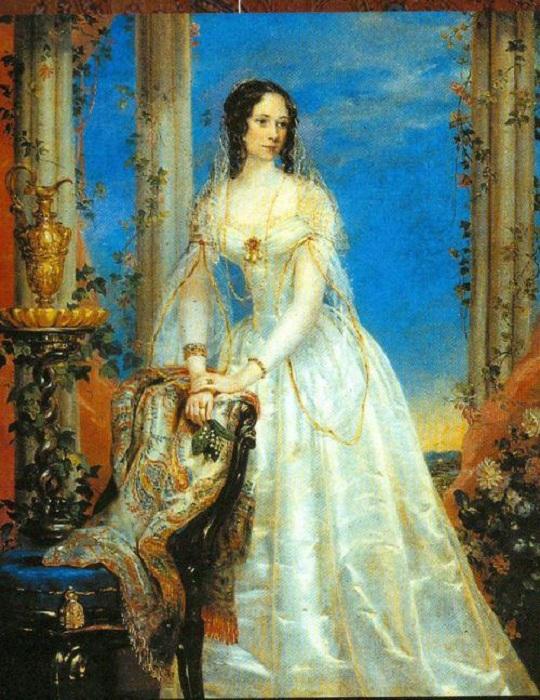
5. Around the mid-19th century, the Russian Empire begins mass production of shawls with printed pattern, which is cheaper this garment. The women of the lower classes can also afford to buy myself a shawl.
In the early 1920s, they were replaced with a Shawl scarves, well, to the 2nd half of the 20th century, the fashion for them back again. But now shawl certainly seen as a warm garment attribute.
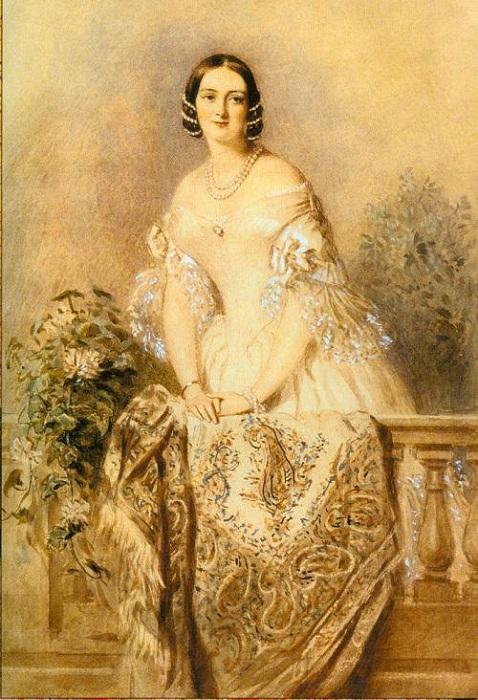
via www.kulturologia.ru/blogs/261215/27762/

1. The fashion for wearing shawls originated in the time of Napoleon Bonaparte when he back from the Egyptian campaign, sent Josephine among other Kashmiri shawls. Wife liked the gift, and soon, the whole yard was delighted with the new attribute of the female wardrobe. Especially since the orders in the Empire style, which meant the light and airy dresses, perfectly complemented the warm shawls.

2. The subject of women's wardrobe was presented in all its diversity: square, long, 8-coal. Usually ladies shawls wound on one end of the arm, and the second thrown over the shoulders and draped in the desired position. With the advent of crinoline dresses, shawl, could not be better suited to such outfits. Truth and its length and width have increased in size (sometimes up to 5-6 meters).


3. The Russian response Kashmiri shawls have become famous Orenburg downy shawls from the goat down. Since the mid-19th century, these products were awarded the highest awards at European fairs. Patterned webs hit all the skillful weaving. Shawls sizes 3, 5 × 3, 5 meters could fit into the shell of a goose egg, or to pass a through a wedding ring.
"Scarf" or "boards" - a word with a Russian roots, denoting a piece of cloth. Persian "shawl" that came into use in the early 19th century, meant a large patterned scarf.

4. The city of Nizhny Novgorod province landlords girls are not inferior in skill Overseas knotting. For the shawls they used fluff Saiga and Tibetan goats. Specific treatments allow fluff to achieve the thinnest thread. For example, 13 grams skein unwind in the 4, 5 kilometers. Century weavers was short-lived, only 30 years old. Blurred vision makes them unsuitable for such craft. Needless to say, that afford scarves and shawls, which were spent at least 1, 5-2 years of hard work, he could only afford to know and widow.

5. Around the mid-19th century, the Russian Empire begins mass production of shawls with printed pattern, which is cheaper this garment. The women of the lower classes can also afford to buy myself a shawl.
In the early 1920s, they were replaced with a Shawl scarves, well, to the 2nd half of the 20th century, the fashion for them back again. But now shawl certainly seen as a warm garment attribute.

via www.kulturologia.ru/blogs/261215/27762/




